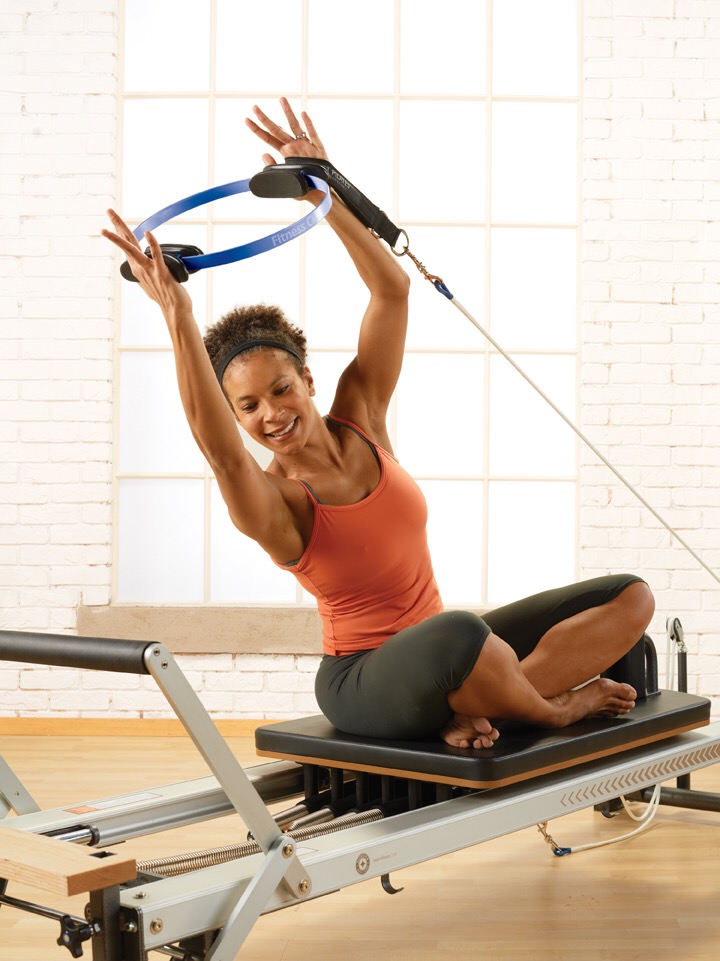Blog
Staying Fit as an Instructor
As an instructor, I believe that you should be an inspiration to your clients. You are their moral support and you should be able to guide them on their health and wellness journey.
As a Pilates instructor, I realise that often we end up also being psychologists and dieticians too so it’s important to have a holistic approach to your teaching. I believe wholeheartedly that if you’re going to teach an exercise, you should be able to do it yourself – well.
This is important as it ensures that you know how the exercise should feel and where you should feel it. This means instructors should be strong enough to master the essential to advanced repertoires. While this may seem simple as we do Pilates 24/7, it’s actually not. We teach many clients and classes in a day, however, we don’t partake in those workouts. I have mentioned many times before that I am strongly against instructors doing the whole workout with clients. While it may aid the instructor’s fitness, it detracts from the client’s experience.
This means that we have to find time in between all of our classes to train ourselves. Often this seems daunting because a full day of teaching is exhausting, and sometimes we’ve already spent so many hours in the studio that we just can’t bring ourselves to spend one more there.
My solution is to break a full workout into smaller bite size sections. I never do a full hour workout by myself in the studio. Instead, I’ll do a 15-minute ab-blast between clients or a 10-minute arm workout on the reformer. I also take this time to get creative and think of new thigs that I can do with my clients. It’s easiest to come up with new exercises on your own body. During this time, I really try and challenge myself. I also usually focus on the advanced segments of a repertoire that we don’t often get the opportunity to teach.
On a day-to-day basis, most instructors teach essential to intermediate classes as this is what the majority of clients can manage. This means that our advanced repertoire is sometimes a bit rusty. It’s important to stay current with the more difficult exercises, in case you do get an experienced client on-board – then you really want to be able to challenge them. Of course, as an instructor trainer, I have to teach people how to teach advanced exercises, so this means I need to be particularly well versed in these sections.
I also have a policy in my studio that all of my instructors can attend each other’s classes for free, provided there’s space. This allows us to all get a good workout, and we’re always learning new things from each other. It also keeps us on our toes as we tend to put a little extra effort in when we know that there will be other instructors in the class.
Exercise is not a chore or a job for me, but a relief from stress and the day-to-day operations and admin of the studio. It keeps me sane and inspires me to teach my clients. It makes me want to share new exercises, ideas and modifications with them. Being in touch with the functioning of your own body will allow you to become a better, more well-rounded instructor, and your clients will be able to pick up on that.
